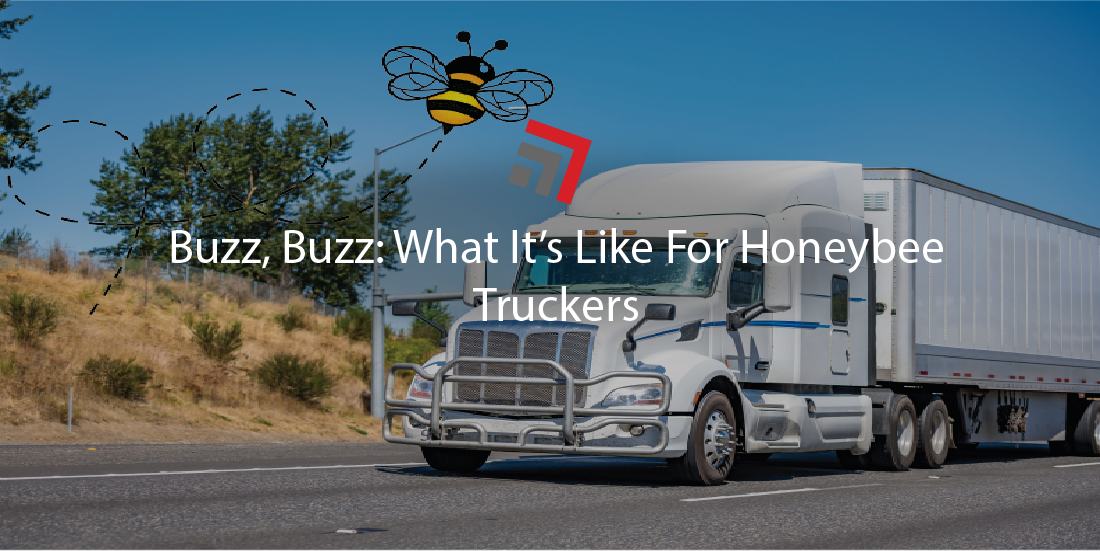It might be hard to imagine how the transportation of honeybees goes, but someone has to do it. Honeybee truckers have a very delicate and crucial process when hauling honeybees, with the weather even having an impact on the process.
Now loading up honeybees pretty much always happens at night, for the simple reason being bees are less active when it’s dark and cooler outside, Earl Warren, a truck driver and co-owner of Star’s Ferry Transport who hauls bees, tells Freightwaves.
The Importance And Preparation Of Transporting Bees
Hauling bees is a fragile process at times. Some beekeepers have estimated that every time you move a truck of bees, up to 5% of the queens die, says Sharah Yaddaw, Communications Director at Project Apis M – a nonprofit organization in the U.S. That is why it is important to have experienced truck drivers to haul the bees that are able to handle difficult situations like warm weather, fewer opportunities to stop during the day, and inspections.
Crews can load a truck with 400 to 450 beehives (around 5 to 7 million bees) in 20 minutes to an hour as many beekeepers inspect, feed, and treat their bees before they get loaded onto the truck.
The Impact Warm Weather Has On The Bees And The Trucker’s Driving Routine
Because of the temperature sensitivity of honeybees, timing is everything. In fact, bees can fly out of their hives if temperatures are above 50 degrees Fahrenheit, unless there is enough airflow from moving at high speeds, Freightwaves reports. That’s why some truckers will hose down beehives with cool water to keep them from overheating.
“The hotter it gets, the worse it is. You have to know how many miles your run is,” says Warren, continuing to add that stopping for bathroom breaks can risk the bees going out because of the airflow they have lost.
Ryan Shorosky, a photographer and long-haul trucker, echoed that sentiment, “you pretty much drive from sun up to sun down and if you need to stop, then it’s for no more than 15-20 minutes since bees are most active during the day.”
Additionally, if bees make it outside of the net, it’s basically impossible to get them back. However, if they leave and stay under the net, they have a shot of returning back to their hives at night when it’s cooler.
California’s ‘Intense’ Inspection Process
Honeybee truckers have to deal with a rather intense inspection process in California, to make sure no invasive species are ‘hitching a ride’. Specifically, inspectors are looking for weeds, insects, or dirt on hives, Freightwaves says. The inspection process can take twenty minutes or up to five hours.
Going Forward
We will continue to provide updates on the latest in the industry and more throughout the year and beyond. Furthermore, should you have any questions or comments, please don’t hesitate to reach out to our team today!



Recent Comments